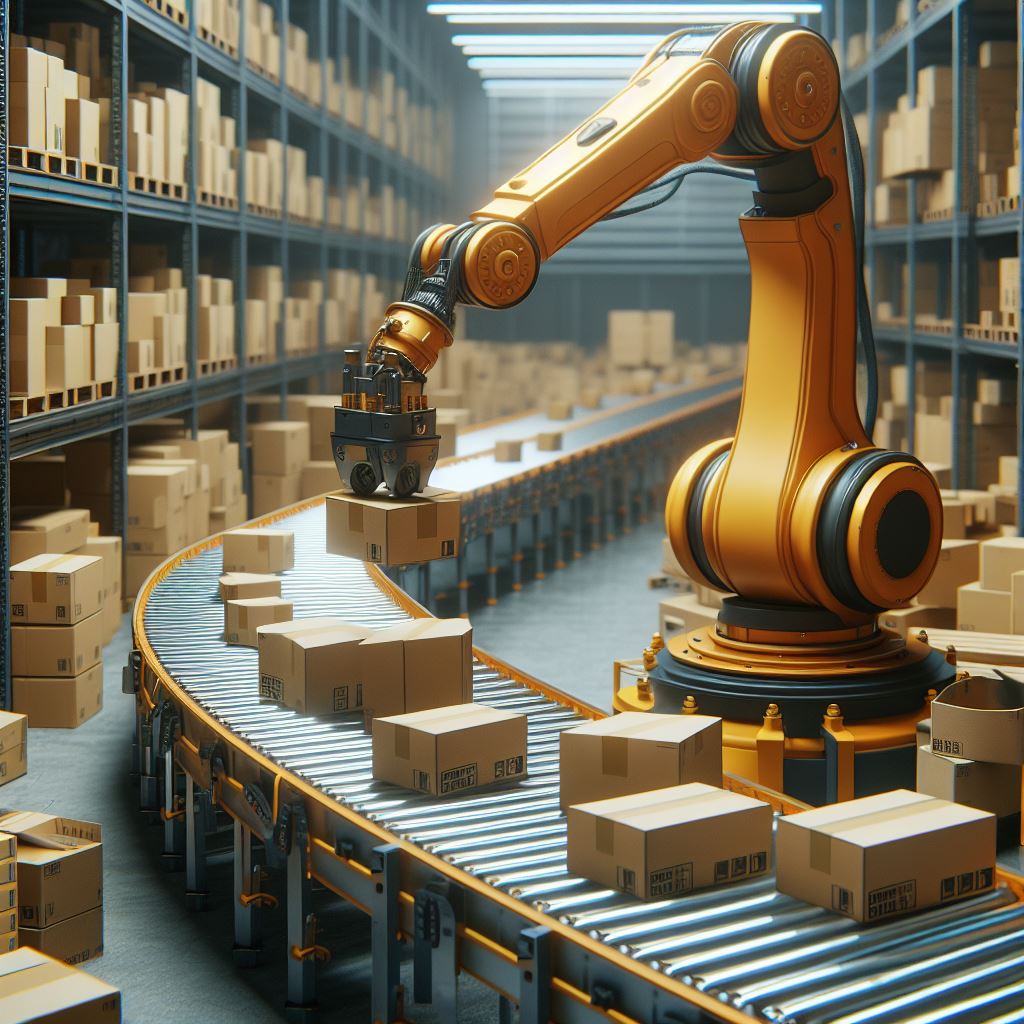AI Automation for Beginners: Breaking Down the Basics
Introduction
AI automation is no longer a concept reserved for tech enthusiasts and industry insiders. It’s transforming the way we live and work, offering unprecedented opportunities for efficiency and innovation. However, for many beginners, the world of AI automation can seem overwhelming. This guide aims to demystify AI automation, providing a clear, concise, and engaging introduction to help you understand and harness its potential.
What is AI Automation?
At its core, AI automation combines artificial intelligence (AI) and automation technologies to perform tasks without human intervention. AI involves creating systems that can learn, reason, and make decisions, while automation focuses on executing repetitive tasks efficiently. When combined, AI automation can analyze vast amounts of data, make informed decisions, and perform complex tasks, all with minimal human input.
To put it simply, imagine a factory assembly line. Traditional automation would involve machines performing the same task repeatedly, such as assembling parts. With AI automation, these machines could not only assemble parts but also detect defects, optimize production processes, and predict maintenance needs, all autonomously.
The Evolution of AI Automation
The journey of AI automation began with simple rule-based systems in the mid-20th century. These systems could follow predefined instructions but lacked the ability to learn or adapt. The advent of machine learning in the 1980s marked a significant milestone, enabling systems to learn from data and improve over time.
In recent years, advances in deep learning, natural language processing, and robotics have propelled AI automation to new heights. Today, AI systems can understand human language, recognize images, and even navigate autonomously. The future promises even greater integration of AI into our daily lives, with AI-driven automation playing a crucial role in industries ranging from healthcare to finance.
Why AI Automation Matters
AI automation brings numerous benefits to both businesses and individuals. For businesses, it means increased efficiency, reduced costs, and the ability to scale operations quickly. AI-driven chatbots, for instance, can handle customer inquiries around the clock, freeing up human agents for more complex tasks.
For individuals, AI automation can simplify everyday tasks and improve quality of life. Smart home devices, powered by AI, can manage energy usage, enhance security, and provide personalized entertainment. In healthcare, AI automation is revolutionizing diagnostics and treatment, enabling earlier detection of diseases and more personalized care.
Consider the case of RTS Labs, an AI consulting firm. They recently completed a successful AI project for OCN.ai, which involved automating customer support processes. The result was not only a significant reduction in response times but also improved customer satisfaction and operational efficiency.
Getting Started with AI Automation
Embarking on your AI automation journey might seem daunting, but with the right approach, it can be a smooth and rewarding process. Here’s a step-by-step guide to help you get started:
1. Identify the Problem:
Begin by pinpointing the specific tasks or processes that could benefit from AI automation. Look for repetitive, time-consuming tasks that require little to no human judgment.
2. Research and Choose the Right Tools:
There are numerous AI automation tools available, each with its unique features. Popular tools include Microsoft Power Automate, UiPath, and Automation Anywhere. Assess your needs and choose a tool that best aligns with your goals.
3. Gather and Prepare Data:
AI systems thrive on data. Collect relevant data and ensure it is clean and well-organized. This data will train your AI models and enable them to make accurate decisions.
4. Develop and Train Your AI Model:
Depending on your chosen tool, you may need to develop custom AI models or use pre-built ones. Training involves feeding your model with data and refining it until it achieves the desired level of accuracy.
5. Implement and Monitor:
Once your AI model is ready, integrate it into your workflows. Continuously monitor its performance and make adjustments as needed to ensure optimal results.
Challenges and Considerations
While AI automation offers numerous benefits, it also comes with its set of challenges. Here are some common obstacles and how to address them:
1. Data Quality:
High-quality data is crucial for accurate AI predictions. Ensure your data is free from errors and biases. Regularly update and clean your data to maintain its integrity.
2. Ethical Considerations:
AI automation can raise ethical concerns, such as job displacement and privacy issues. Be mindful of these challenges and strive to implement AI solutions that are fair and transparent.
3. Integration Complexity:
Integrating AI automation into existing systems can be complex. Plan your integration carefully and consider seeking expert advice if needed.
4. Cost:
Developing and implementing AI solutions can be expensive. Evaluate the cost-benefit ratio to ensure the investment is worthwhile.
5. Change Management:
Introducing AI automation can disrupt existing workflows. Communicate clearly with your team, provide necessary training, and manage change effectively to ensure a smooth transition.
Conclusion
AI automation is a powerful tool that can transform the way we work and live. By breaking down the basics and providing practical guidance, this beginner’s guide aims to demystify AI automation and inspire you to explore its potential. As you embark on this journey, remember to start small, stay informed, and continuously refine your approach.
Whether you’re looking to improve efficiency in your business or simplify everyday tasks, AI automation offers endless possibilities. So, dive in, experiment, and discover the transformative power of AI automation.
Have you started exploring AI automation?
Share your experiences and insights in the comments below. If you have any questions or need further guidance, don’t hesitate to reach out. At RTS Labs, our AI experts are ready to help you navigate the world of AI automation and find the best solutions for your needs. Contact us today to learn more and get started on your AI automation journey.






